What Exactly Is The Internet Of Things and How Will It Affect Your Future?
May 22nd, 2018
Technology surrounds us. From the phones in our hands to the televisions on our walls and the appliances in our kitchen, new tech comes at us from every angle.
Many of us fail to fully understand just how advanced those everyday conveniences are now and the extent of what they will be in the future. Four simple words can help clarify where we’re at and the limitless possibilities of where we’re going.
The Internet of Things.
Now is the point of the conversation when many say, “sure, the internet, it’s a big deal.” While the name may be similar, the Internet of Things goes far beyond simple web surfing and Facebook postings.
Yes, social media posts and Amazon orders are a big deal and have played a considerable part in the advancing of our society, but the Internet of Things is something far more. In fact, is a lot of somethings, and it is being stitched into the fabric of our everyday lives.
So, what is the Internet of Things and how is it going to change the future?
Our Life, Connected
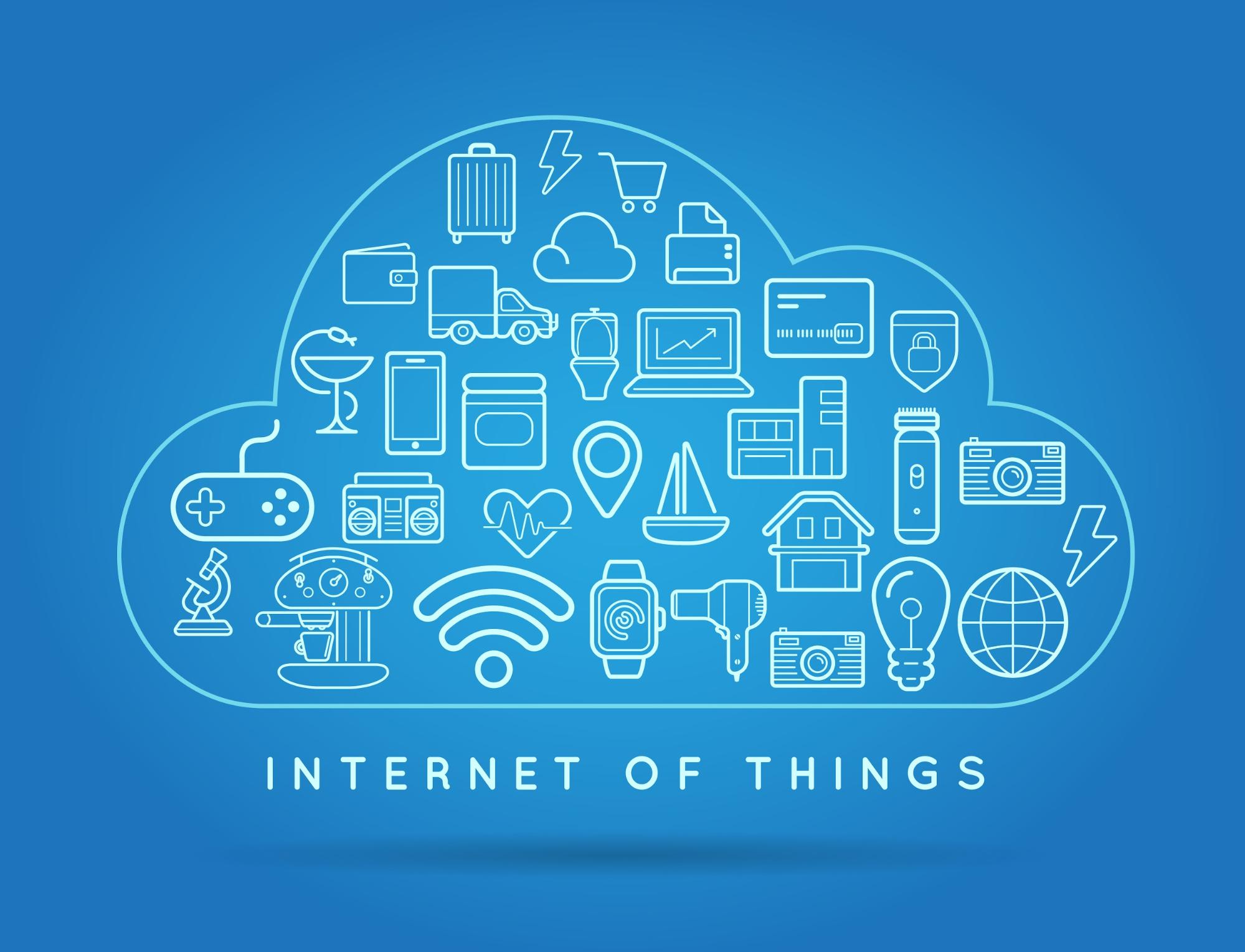
In simple terms, the Internet of Things, or IoT, is a series of devices connected by the internet that use installed sensors and processors to communicate with either each other or us. They collect and share data and information. Those devices then use that info to complete tasks, analyze figures, create efficiencies, or report on any other number of data points.
Honestly, there is no limit to what items can be made to be part of the IoT. Examples most commonly associated with this connected family of stuff include light bulbs, plugs, security systems, or thermostats. In other words, things that typically wouldn’t connect online, but can be made to do so via the sensors mentioned above.
It doesn’t stop there though. Smart appliances and other household tech are making their way to the market. Coffee makers, televisions, vacuum cleaners, and alarm clocks to name a few. Chances are reasonably high that you or someone you know may already possess one or two of these items in your home.
However, the applications move far beyond simple household items. Cars are the next logical inclusion, and from there it’s easy to start seeing the practical business and governmental applications of the IoT.
Transportation vessels like airplanes or mass transit trains, connected street lights or bridges and roadways, and sensors spread throughout buildings both short and tall will join a city together.
When you hear the phrase smart device, what we mentioned above is just the beginning.
The IoT Today
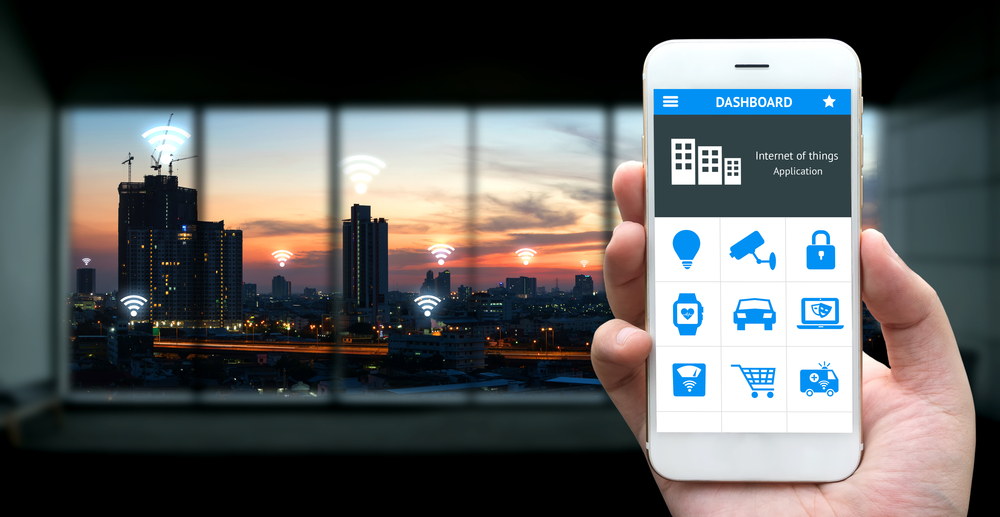
For the most part, the public associate today’s IoT with the smart home.
Intelligent plugs that shut lights off on a schedule.
Virtual doorbells that don’t just ring, but show you who’s doing it.
Voice-activated assistants to keep your life on track or your useless trivia knowledge on point.
Jokes aside, it’s that last item where the IoT took off. Now, the applications have moved from occasional convenience to every day integrating. More than just virtually flipping switches, here are a few examples beyond your home:
It’s time for your car’s next oil change, and instead of you calling, your vehicle automatically sets up the appointment, and it’s seamlessly added to your calendar.
Or the ID badge you wear at your place of employment clocks you in merely by you walking in the building, or automatically logs your travel miles and submits them for reimbursement when you go out on sales calls.
Beyond the personal and day to day professional implications, the larger real-world implementation is even more impressive. This is most evident in the positive impact the IoT can have on transportation networks.
It’s widely known the United States has a crumbling infrastructure, but what if sensors were placed in a bridges framework or layered into a concrete thoroughfare? Stresses or faults in the surface or structure relay back to a centralized hub which can then schedule the appropriate repairs.
The IoT can even help with improving efficiencies or keeping cities safe. Sensors can aid in determining water leaks within a city’s pipe system to minimize loss or monitor when dumpsters and rollout trash cans are full to maximize garbage truck fuel economy.
On the safety side, testing water drinkability in local sources like lakes or streams can lead to better citywide health. Real-time monitoring of natural conditions and when they could deteriorate can help speed evacuations and better direct resources in times of disasters, such as wildfires or flash floods.
It does push the case that anything can be made to be part of the IoT and us as a society can reap a considerable amount of benefit from it. That’s the here and now though. What about five or ten years from today?
The IoT Tomorrow
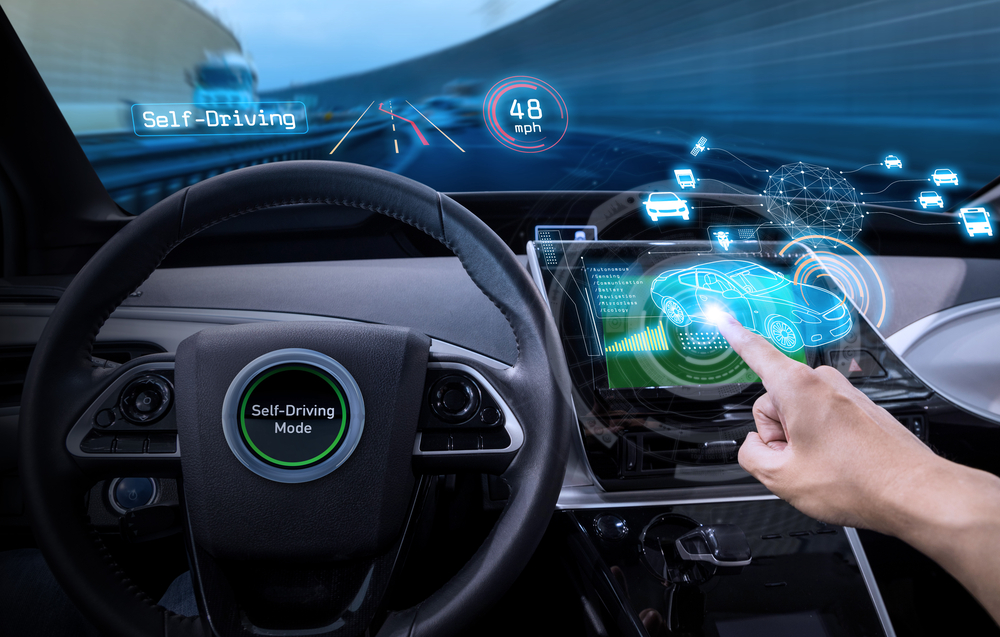
When you try to comprehend that by the end of the decade there will be approximately 30 billion devices included in the IoT, and then five years later, in 2025, 75 billion will be connected, well, its mind boggling.
But aside from more and more things coming online, what is the next evolution?
Well, for one, advertising will be a lot more interactive. Voice based services are already a mainstay at home with Amazon’s Alexa or Google’s Assistant. Look for this to become a standard occurrence when dealing with other businesses or services that require authentication or who want to engage you on a more personal level.
Yes, if you’re familiar with 2002’s Minority Report, one day very soon a Guinness ad may call you out by name suggesting you could use a pint.
It goes beyond simple relaxation and enjoying a cold beverage though.
The healthcare industry is starting to see a fundamental shift where the IoT can align the past challenges of providing efficient, effective healthcare at reasonable costs.
Artificial Intelligence or AI will also make a huge impact as more devices connect and interact. A good example is Google’s Voice AI, Duplex. Effectively giving the tone and nuance of a human voice to a machine and allowing it to connect with those you don’t want or have time to speak directly with, it represents a giant leap in human – AI interaction.
Patient, customer, and other points of contact won’t be the only areas of expansion. As the IoT grows, so will the development and programming needs of edge devices, like cameras, microphones, and similar data collection points.
Edge computing helps keep some data analysis within the device itself or “at the edge” as opposed to the central brain apparatus of the cloud. This avoids being tossed on a heavily trafficked network and improves response time and data processing, while also increasing privacy levels.
Not to be outdone, manufacturing and industrial services will also seek to benefit in the coming years from the expanding IoT. In fact, according to Business Insider, it’s expected that $70 billion will be invested by global manufacturers in IoT solutions by 2020.
Among their deployment strategies expect to see smarter factories that are remotely managed, with machinery monitored and ran more efficiently. This also includes safety and quality control aspects of the plants daily processes.
The IoT will also improve production flow, from start to finish, with real-time oversight that starts in refining and ends with the final products trip out the warehouse door. From there, sensors in the shipping and delivery process can provide a useful understanding of package handling or information in how the shipping methods may have damaged or impacted an order.
IoT Security
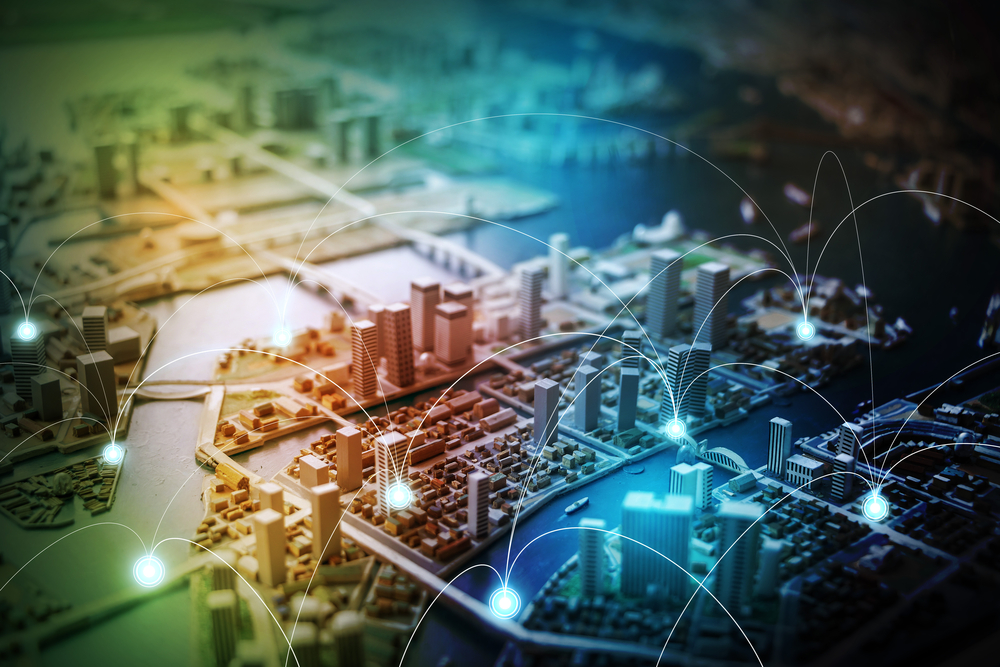
It’s impossible to discuss anything related to connected devices and not talk about security. In the case of the IoT, the most prominent concern is privacy.
To borrow another movie reference, plugging into the IoT can be akin to doing the same in the Matrix. You and your devices become part of a more significant, more aggressive data gathering system. You’re not just surfing the web; you’re allowing the capturing of details on your daily habits.
Understanding the life cycle of that daily status sheet is important. Know what information a device is collecting, where it goes, and what happens to it when it gets there.
Also, if something is connected, it means hacking can occur. While no security system is perfect, making sure to protect yourself is paramount to keeping virtual intruders out. As you update your network and everything attached to it, your security needs to be current as well. And never invest in a product where the protection is iffy at best and non-existent at worst.
Conclusion
As you can see the Internet of Things is more than just a kitchen light programmed to shut off remotely through a smart plug or a high-end thermostat set to adjust itself as outside conditions dictate.
Imagine knowing if an employee injured themselves in the making of a product of you purchased in a local store. Or what the growing season was like when they harvested raw the materials for your item, and if the company made process adjustments.
Or perhaps that same product you bought was diverted in transit to your local store because demand was higher in your location than the original destination. And during that delivery trip, the truck traveled over a bridge that was repaired the day before thanks to a sensor that recorded faulty bolts in a girder.
Then to bring it full circle, imagine the next time you visit that store, you get a virtual personalized message thanking you for your last purchase and inquiring if you’d like to see something similar.
It may be simplistic, but it does show a small picture of how encompassing the IoT already is and can give you a glimpse of just how big it can be.
Resources:
- https://www.forbes.com/sites/jacobmorgan/2014/05/13/simple-explanation-internet-things-that-anyone-can-understand/#5fa9640e1d09
- https://www.theguardian.com/technology/2015/may/06/what-is-the-internet-of-things-google
- https://www.wired.com/insights/2014/11/the-internet-of-things-bigger/
- https://www.theguardian.com/technology/2017/jun/06/internet-of-things-smart-home-smart-city
- https://www.forbes.com/sites/gilpress/2017/11/09/10-predictions-for-the-internet-of-things-iot-in-2018/#3c59d99135e7
- https://www.forbes.com/sites/bernardmarr/2018/01/04/the-internet-of-things-iot-will-be-massive-in-2018-here-are-the-4-predictions-from-ibm/#346a1750edd3
- https://www.zdnet.com/article/what-is-the-internet-of-things-everything-you-need-to-know-about-the-iot-right-now/
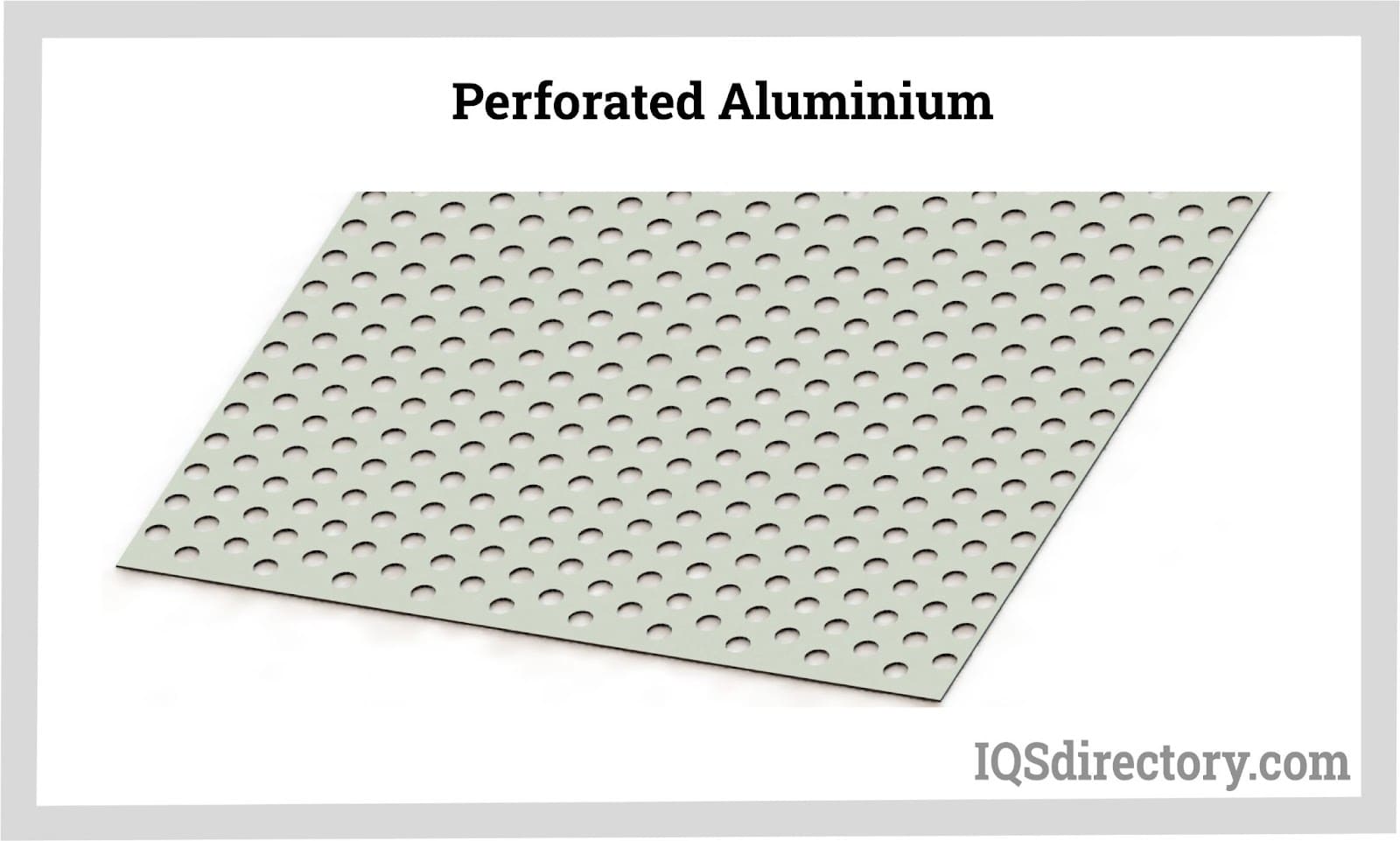
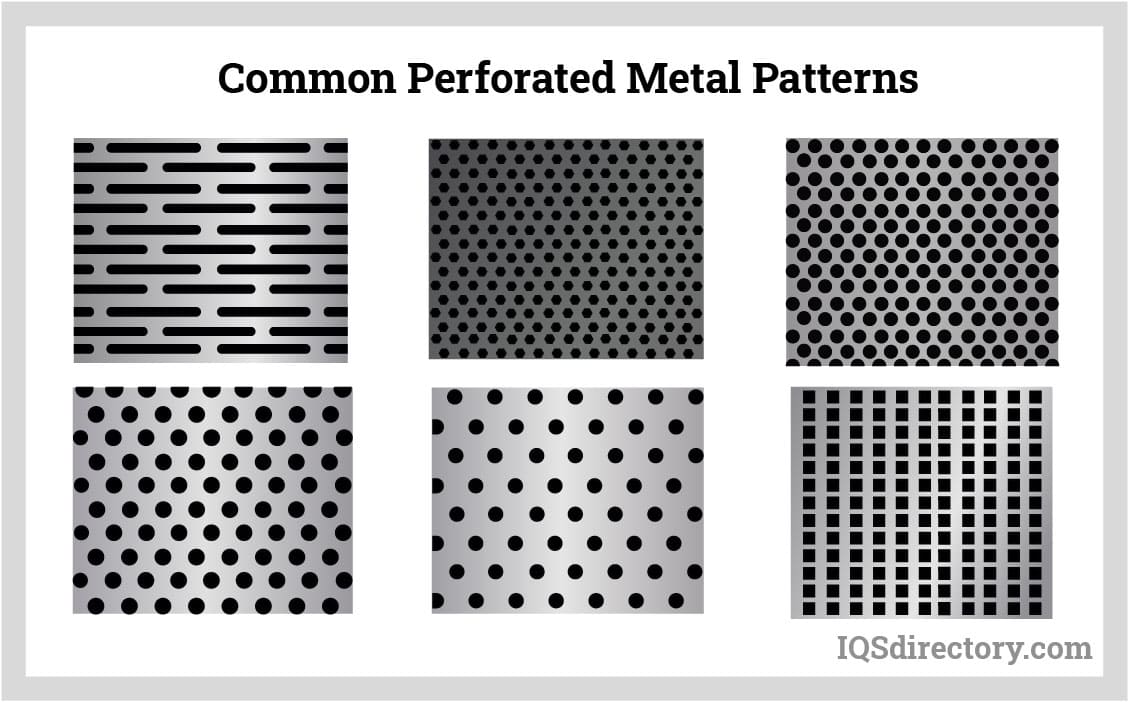
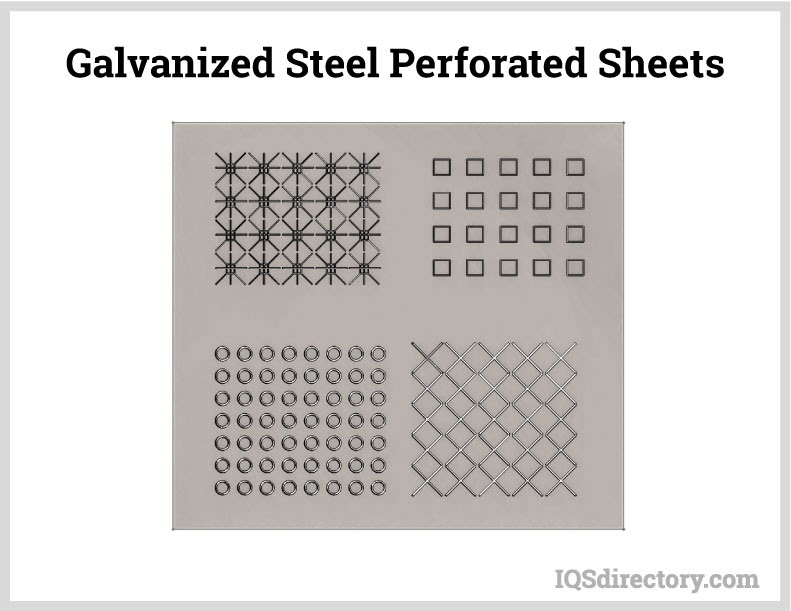


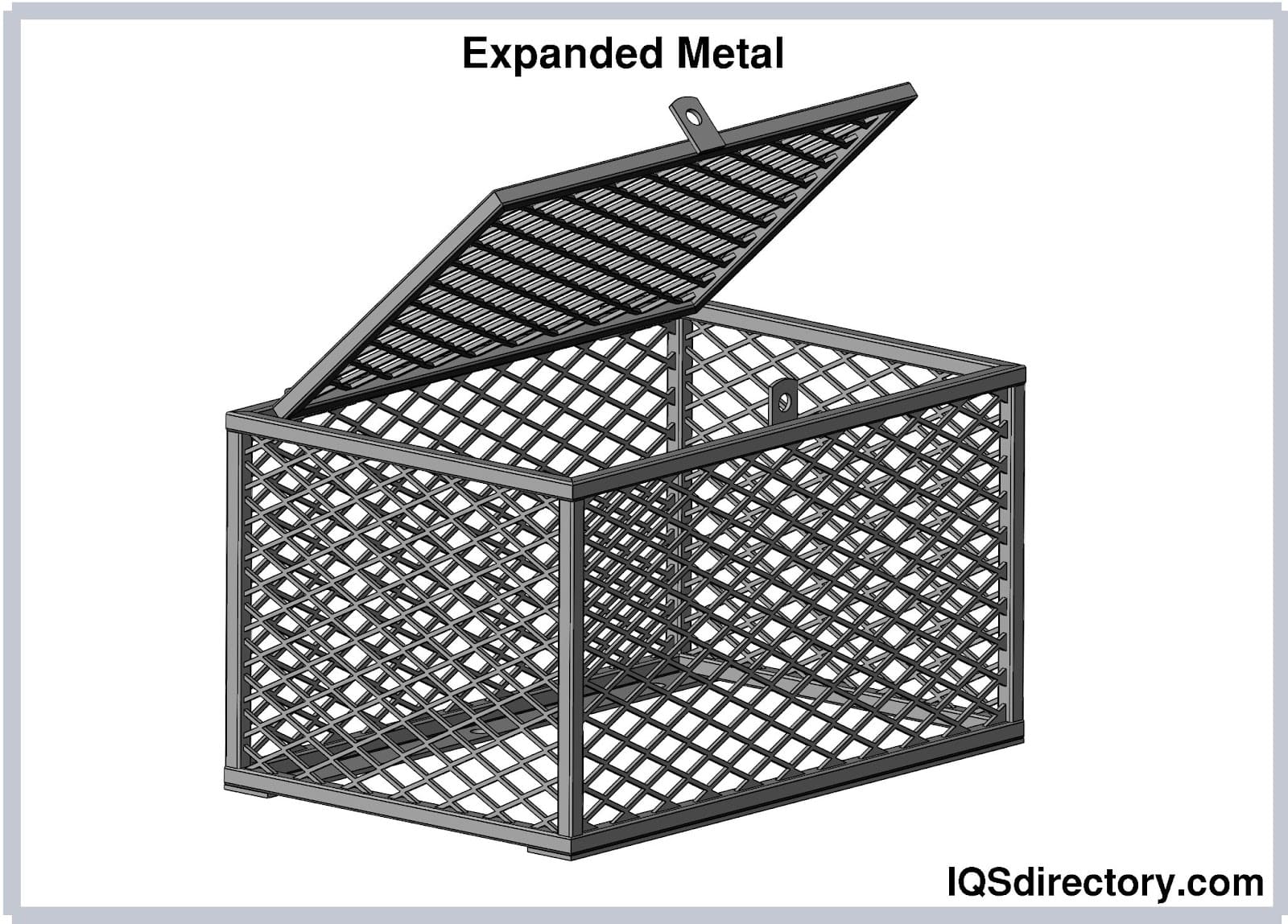
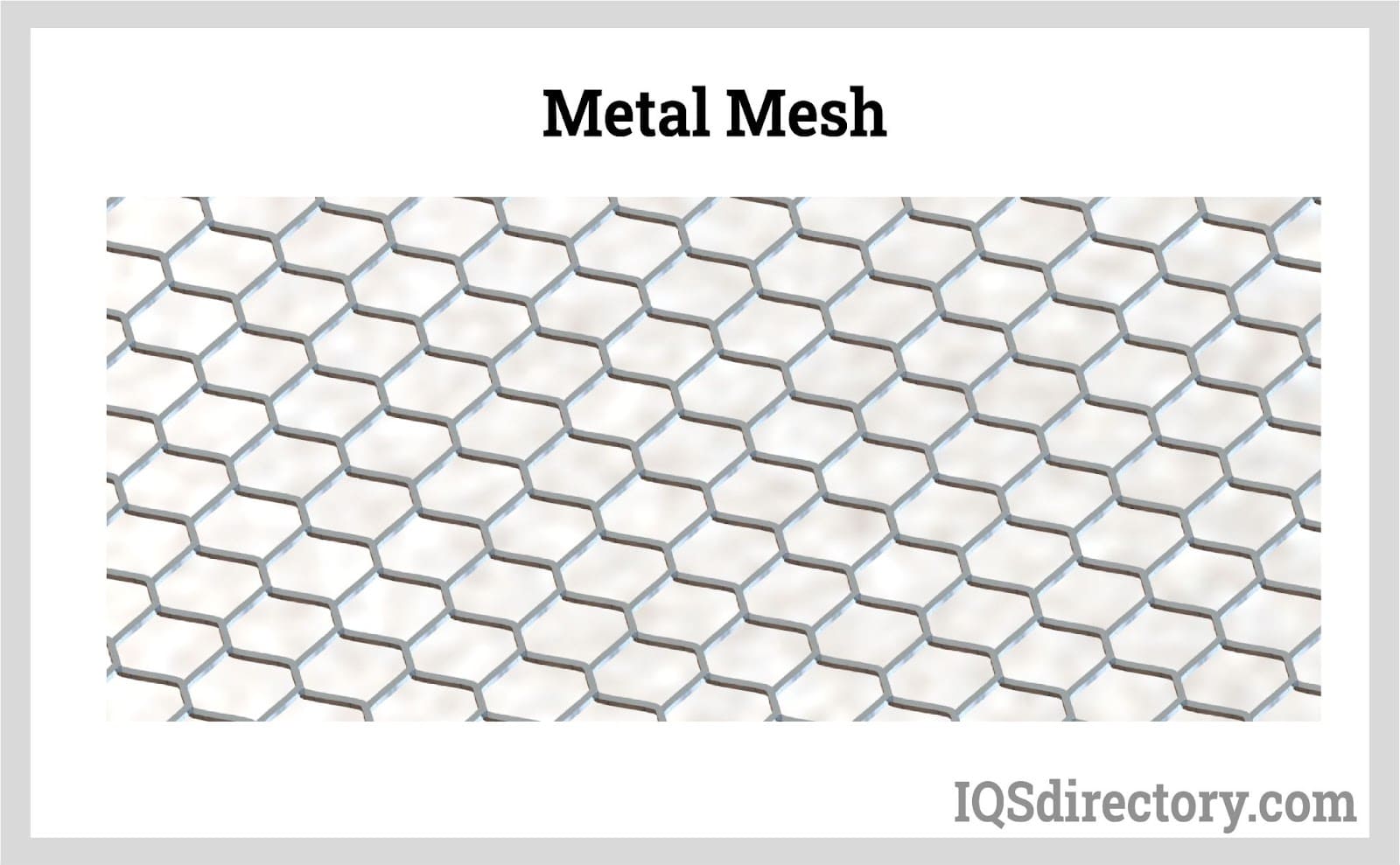
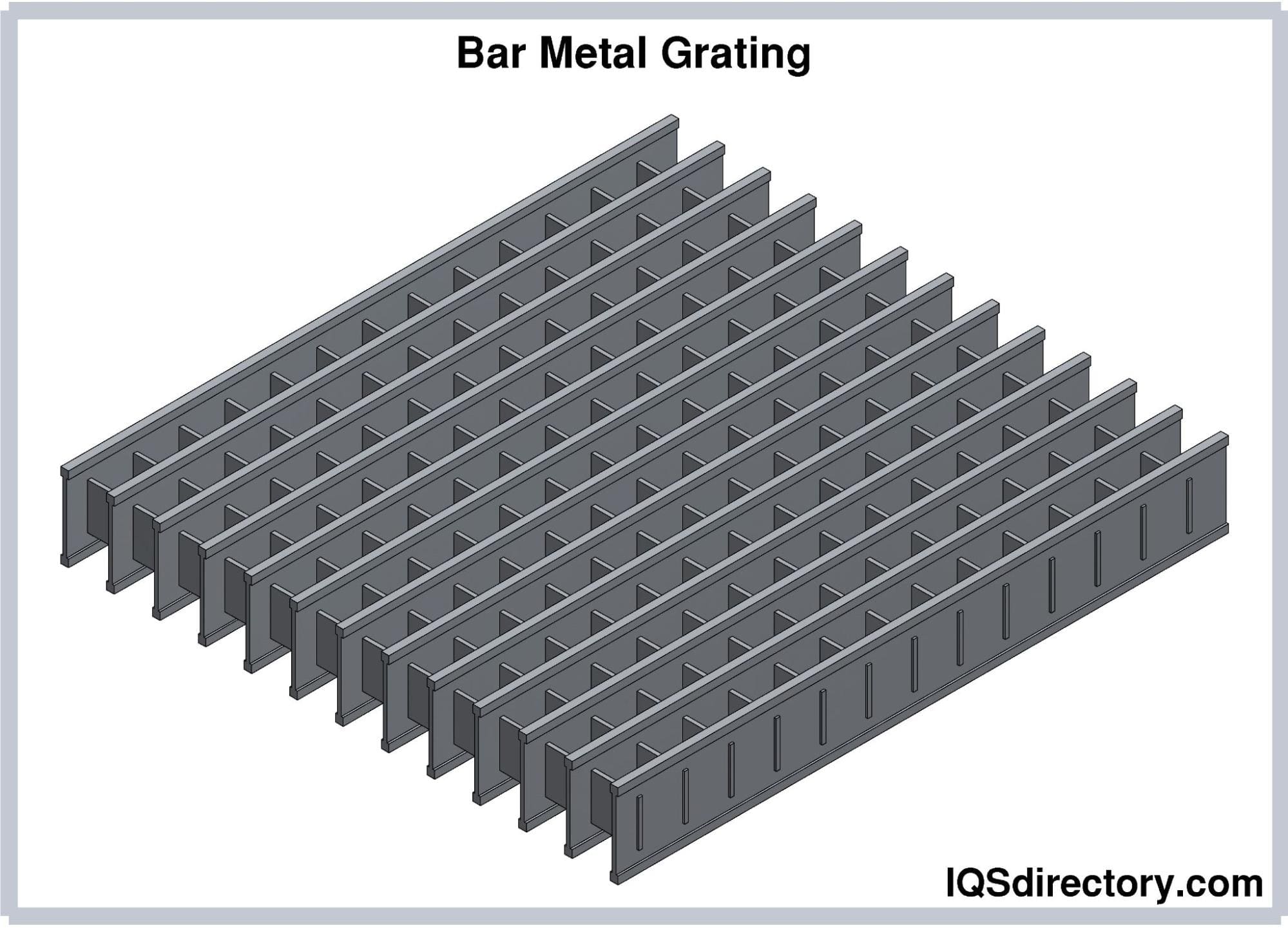
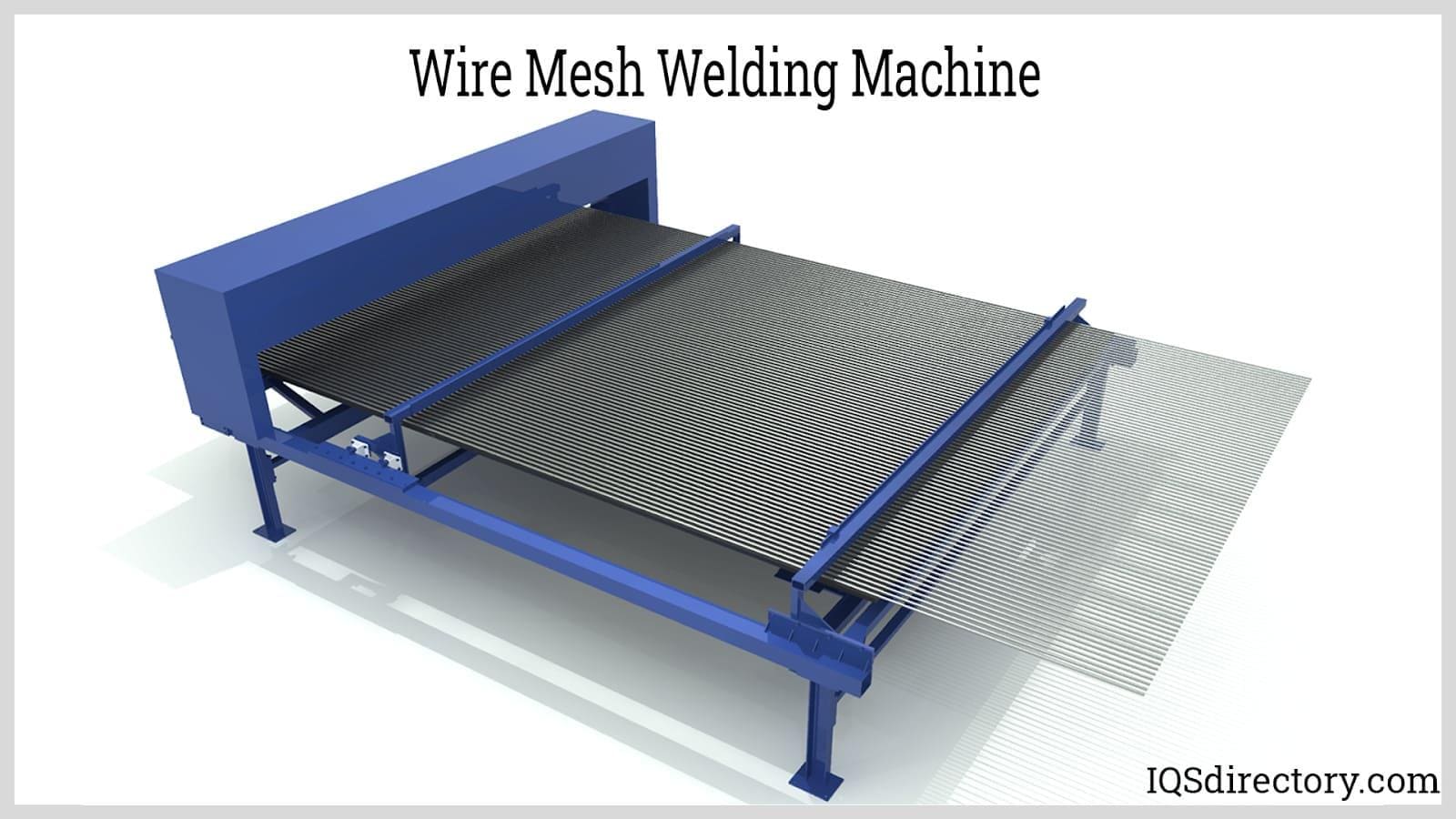
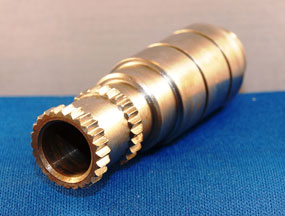 Broaching
Broaching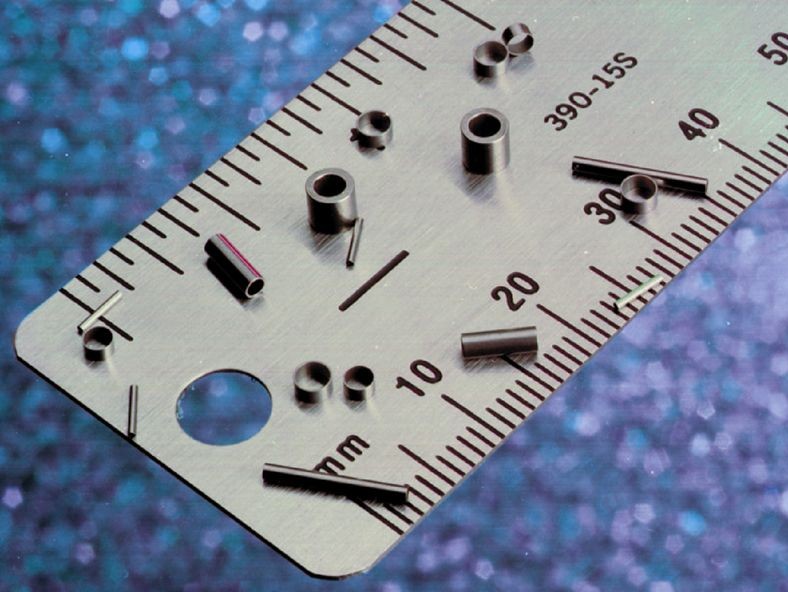 CNC Machining
CNC Machining Expanded Metals
Expanded Metals Laser Cutting
Laser Cutting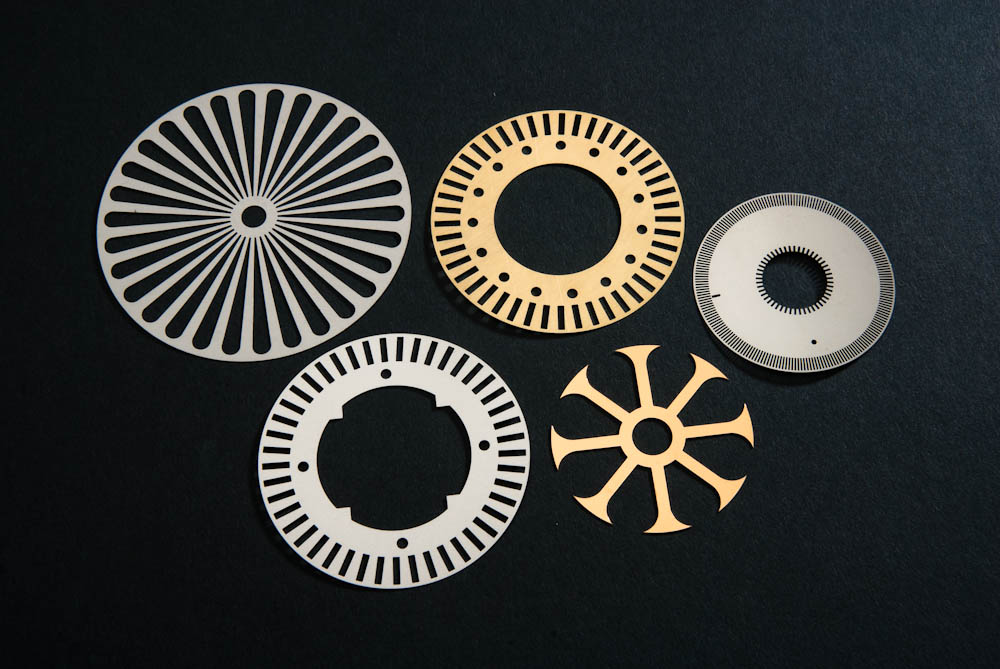 Metal Etching
Metal Etching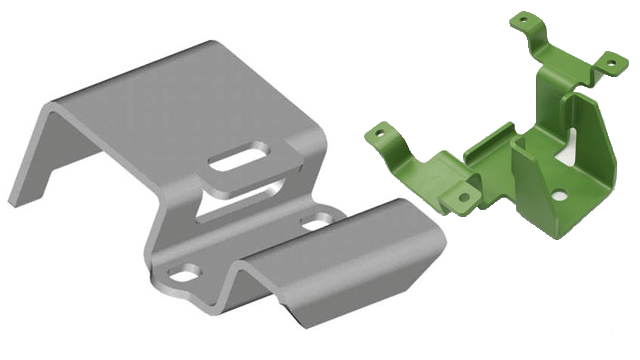 Metal Fabrication
Metal Fabrication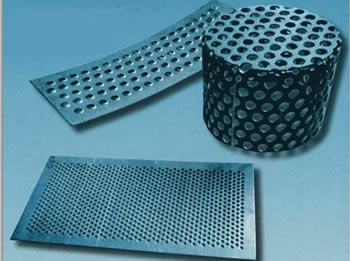 Perforated Metals
Perforated Metals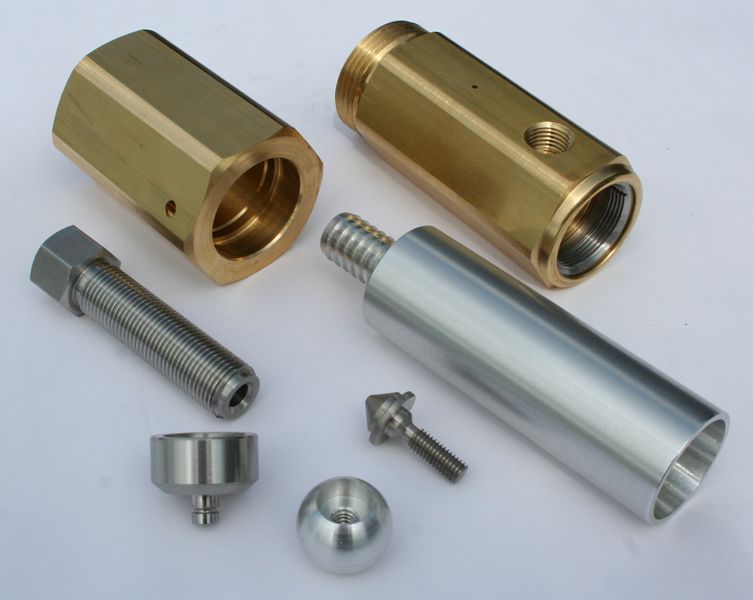 Screw Machine Products
Screw Machine Products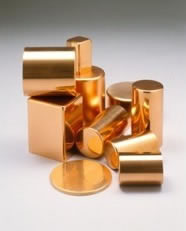 Metal Stampings
Metal Stampings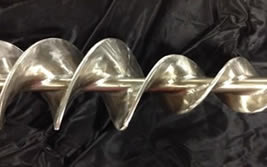 Sheet Metal Fabrication
Sheet Metal Fabrication Tube Fabrication
Tube Fabrication Water Jet Cutting
Water Jet Cutting Castings & Forgings
Castings & Forgings Bulk Material Handling
Bulk Material Handling Electrical & Electronic Components
Electrical & Electronic Components Flow Instrumentation
Flow Instrumentation Hardware
Hardware Material Handling Equipment
Material Handling Equipment Metal Cutting Services
Metal Cutting Services Metal Forming Services
Metal Forming Services Metal Suppliers
Metal Suppliers Motion Control Products
Motion Control Products Plant & Facility Equipment
Plant & Facility Equipment Plant & Facility Supplies
Plant & Facility Supplies Plastic Molding Processes
Plastic Molding Processes Pumps & Valves
Pumps & Valves Recycling Equipment
Recycling Equipment Rubber Products & Services
Rubber Products & Services